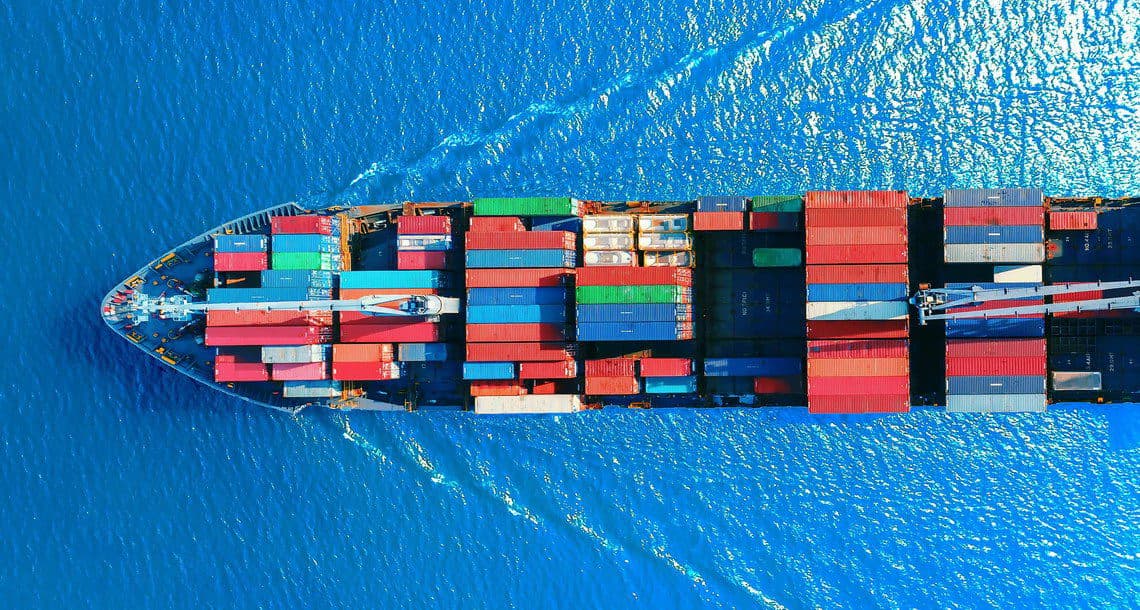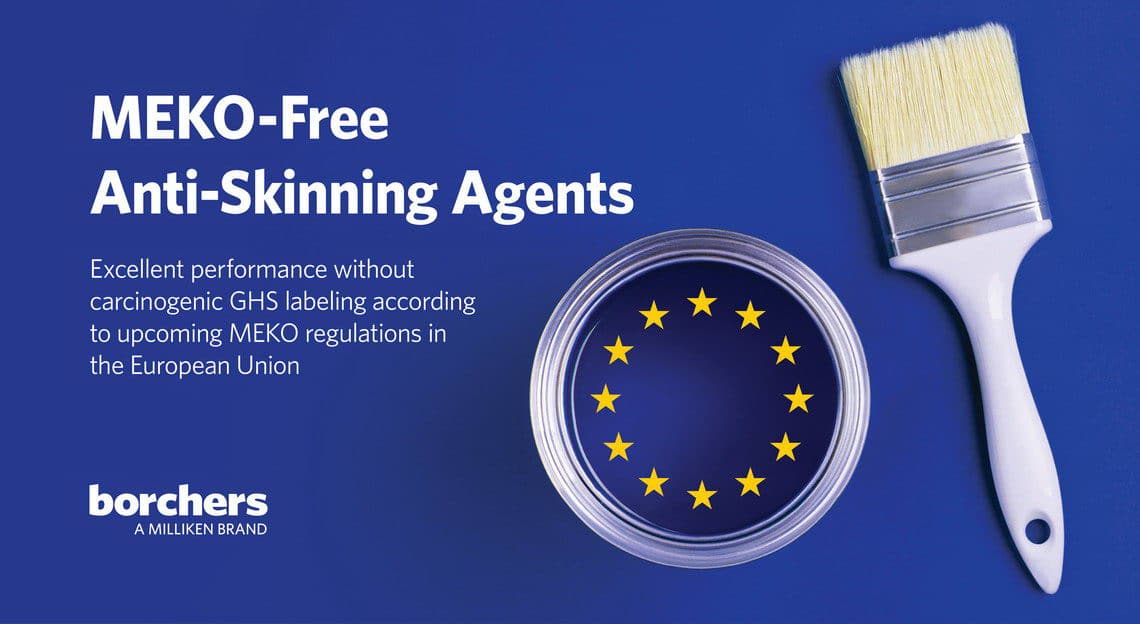

Choosing the Right Flow and Leveling Additives for Coatings
January 10, 2024 | Blog
The primary goal of using a coating is to help enhance the durability and appearance of a substrate. However, high surface tension can negatively affect a coating’s ability to achieve these goals. Surface tension is the attractive force of molecules present at the surface of a liquid towards each other.
High surface tension inhibits a coating from thoroughly covering a surface and can cause a variety of defects. These include poor substrate wetting, flow, and leveling. Other surface defects include the formation of craters, pinholes, and foam.
Reducing surface tension with flow and leveling agents helps prevent these surface defects from occurring in coatings. Selecting the right leveling agent largely depends on the specific defects that need to be resolved as the molecular weight of a flow and leveling agent influences the defects that can be prevented.
Borchers offers flow and leveling additives of varying molecular weights that are specially designed to resolve surface defects caused by high surface tension.
What is a flow and leveling agent?
A flow and leveling agent is an additive that reduces surface tension by balancing cohesion and adhesion in coatings. Cohesion causes drops to form, adhesion keeps the drops in place, and surface tension causes drops to retain the smallest shape possible (which is a sphere). The small spherical shape caused by high surface tension can result in poor spreadability and wettability in coatings. Balancing cohesive and adhesive forces helps lower surface tension and improve wettability.
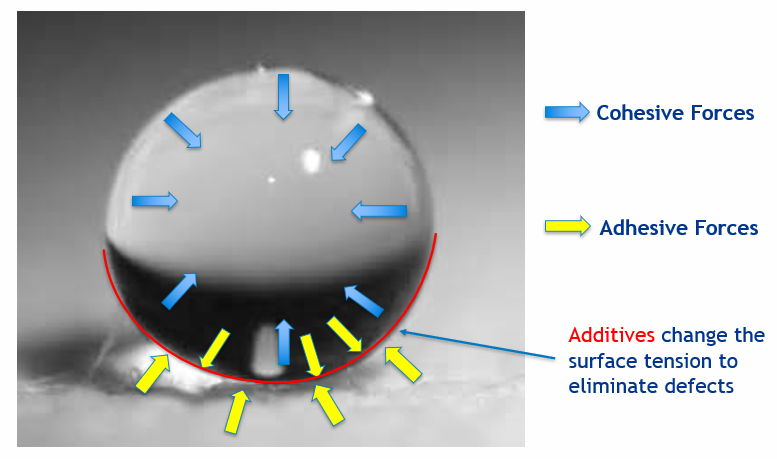
Flow and leveling agents balance adhesion and cohesion in coatings to lower surface tension
The Importance of Leveling Agents
Flow and leveling agents resolve a number of defects caused by high surface tension in coatings.
Surface Wetting
In cases where the surface tension of a coating surpasses the surface energy of the substrate, undesirable phenomena such as poor wetting may occur. Substrates characterized by lower surface tension, such as plastic components, or those tainted with contaminants like oil residue or release agents, pose challenges to achieving effective wetting.
Aqueous coating systems, containing water, inherently exhibit higher surface tension compared to solvent borne coatings. This can lead to heightened wetting issues.
Flow and leveling additives reduce the surface tension of the coating, which enhances substrate wetting.
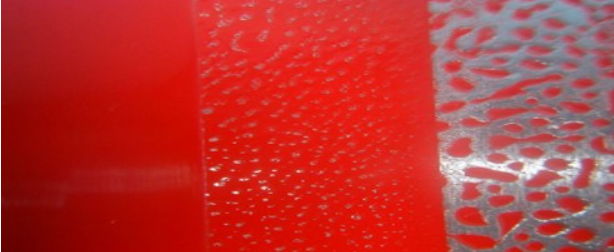 0.3% substrate wetting agent 0.2% substrate wetting agent No additive
0.3% substrate wetting agent 0.2% substrate wetting agent No additive
Flow and Leveling
Poor flow and leveling in a coating can result in undesirable appearances such as orange peel. Orange peel is the inability of a coating to overcome surface tension issues because of varying film thicknesses, rapid solvent evaporation, and/or coating incompatibility.
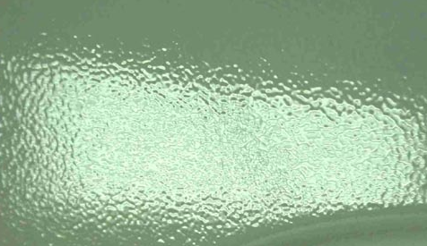
Poor flow and leveling resulting in orange peel
Surface active leveling agents equalize surface tension to achieve a smooth, even finish before the film cures.
Reducing Crater (Fisheye) Formation
Solvent evaporation in coatings leaves behind a very viscous film which effectively freezes the defects in place. These small indentations, or craters, can be caused by incompatible materials or contaminants caught in the film like dust or dirt.
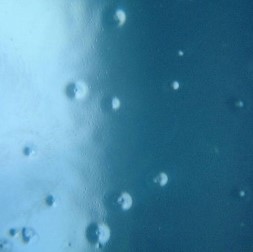
Fisheyes in a coating
Releasing Air/Foam
High surface tension can trap air within the coating or applied film.
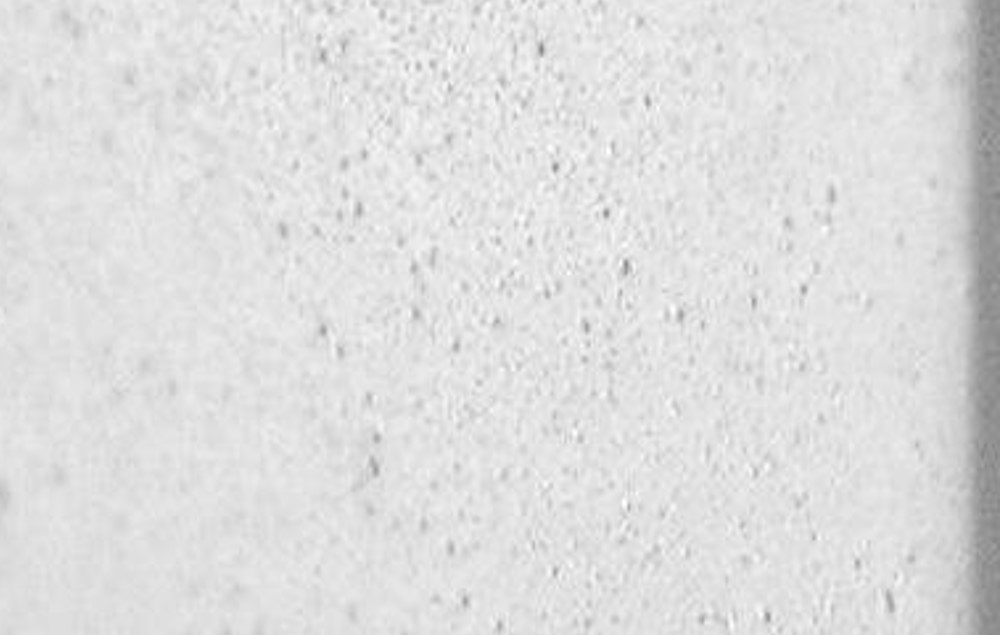
Foam formation in a coating
Leveling agents reduce the surface tension of the coating to allow the air to break the surface before it dries, leaving an improved film appearance.
The Challenge of Choosing a Leveling Agent
There are various flow and leveling additives that can be used in coatings. Polydimethylsiloxane (PDMS) flow and leveling agents are the most common additives for overcoming surface tension issues. Several types of PDMS additives exist such as pure PDMS, organically modified PDMS, and polyether-modified PDMS additives. Acrylic flow and leveling agents are also available for formulators seeking silicone-free options.
PDMS additives can be specially designed to address a variety of paint film defects.
Low molecular weight versions will improve substrate wetting, flow, and leveling. Higher molecular weight versions will increase surface slip and reduce air entrapment. Extremely high molecular weight versions can create special effects like hammer finishes.
Adding silicone and/or phenyl groups will increase the thermal stability of PDMS-based additives, making them suitable for baking finishes.
While different molecular weights resolve specific defects, increasing the molecular weight can make a PDMS additive less compatible with a coating system. For this reason, formulators must test different flow and leveling agents to determine the most compatible option. If incompatibility is difficult to overcome with higher molecular weight PDMS flow and leveling agents, silicone-free options are available.

PDMS additives can result in incompatibility when the molecular weight is too high. Silicone-free options do not experience this issue and can be used as an alternative
Types of Leveling Agents
Borchers offers a variety of Borchi® Gol flow and leveling additives that each provide their own unique set of benefits. There are various products that can be used in solvent borne systems and waterborne systems, or 100% products that can be used in either. Both PDMS and silicone-free flow and leveling agents are available in our product portfolio.
For our full flow and leveling agent offering, please visit our product finder.
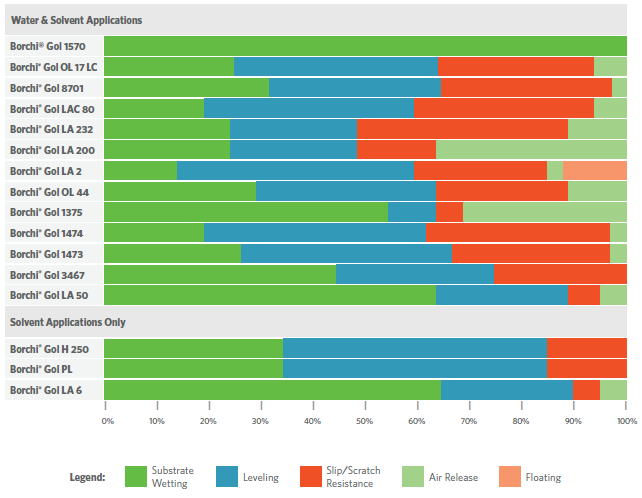
Various Borchi Gol flow and leveling agents and their benefits
Where to Find High-Quality Leveling Agents
High surface tension in coatings can cause a variety of substrate defects. Borchers brand coating additives include various flow and leveling agents that lower surface tension to combat defects and provide desirable finishes. Each flow and leveling agent resolves specific issues based on their molecular weight and design. Formulators can select a leveling agent based on the defects occurring in their coatings, but they must ensure they test multiple options in order to find the most compatible additive for their system.
For more information, please reach us through our contact us page.



